As the days leading up to my recent Power Platform Fundamentals exam ticked by, I couldn’t help but feel a pinch of nervousness. I’ve built extensive Power BI dashboards to drive business intelligence, so I am comfortable with that material, but I lacked hands-on experience with Power Automate and Power Apps. And so, I decided to do something about that.
The result was a learning journey that revealed critical insights into transformative company cultures.
Tools to shape modern work
This journey started with access to Microsoft’s Power Platform. The low-code environment enables employees to identify improvement opportunities and act without needing to draw up RFP documents and wading through mounds of paperwork. At Mint, each employee has access to this powerful set of tools, so they can see a problem, identify a workable solution, and go.
I saw a challenge in the way that we request and allocate people to projects. While the data can sit in a SharePoint list, how we create and interact with that data doesn’t need to. So, I built a canvas app that pulls the SharePoint data into a listing screen where users can leverage filters to view “My Requests” and “Open Requests”, or they can search for a particular record.
By selecting a record, they can view the details and update vital fields including the request’s status or who is allocated. They can even see the people who have capacity right next to the selection for who will be allocated (data that sits in several Excel worksheets).
The first step to unlocking the innovative potential of your employees is to empower them with the tools to shape their work.
Encouragement removes barriers
Employees are often not the perfect combination of subject matter experts, teamwork champions, and technical gurus. That can make it difficult for a single individual to see the opportunity for transformation, bring their colleagues with them on the journey, and technically execute the vision.
In my case, the app needed field-level business rules, so that start and end dates are managed appropriately. It also needed to structure the business process, so that the allocation of a person to the project could update the Allocation Date field and change the status to “Allocated”. The filters also proved challenging since they were dependent on user selections in a lookup control. After spending a few hours (and more than a few Google searches), I reached out to my colleagues who specialize in Power Apps. Thanks to the encouragement and direction of Lebina Mokoena, Abrie van Wyk, and Tiaan Rossouw, we managed to find a solution to each hiccough along the way.
That encouragement was immensely powerful. Not only did their direct assistance remove the immediate barrier, but their positive feedback also gave me the confidence to tackle the next challenge.
Having a collegial community that embraces attempts to tackle new challenges is essential to encouraging each employee to endeavor to create their next level of personal growth.
Run with the win
With a minimum viable product (MVP) in hand, it is time for the company to come to the party. That involves three steps:
- Accept the innovator’s efforts as they are
- Decide if the contribution requires additional effort to maximize the impact
- Resource the required changes.
It all starts by acknowledging the innovator’s investment in the company. Even if the primary benefit is limited to that employee, making work easier is valuable to the company, regardless of whether it is adopted more widely. Be grateful that the person felt compelled to try to make the company better and invested in themselves to do it. Nothing creates a culture of ownership and innovation faster than acknowledging those who are living it (and nothing kills it faster than failing to do so).
Next, evaluate the solution objectively. It might be a strong MVP to address a problem; it might not. Not everything needs to be adopted by the company. If it isn’t something that the company wants to adopt more widely, a simple discussion with the innovator to explain why is usually enough to keep them engaged and looking for the next opportunity to innovate.
If the innovation is a good start but needs more work to realize its full potential to transform your organization, the company needs to invest. Don’t expect the innovator to continue to invest their own time to get you all the way there if you don’t value the solution or the employee. Expecting the innovator to provide all the investment is a sure way to make them think twice before investing anything.
Fostering a culture of innovation
I’m happy to report that I haven’t seen the SharePoint site for a couple of months. It’s still there, storing the people requests. In that time, I’ve registered new people requests, interrogated the customer’s needs, and allocated people to get the job done. Others have seen similar opportunities and have developed solutions that make Mint more effective and a better place to work.
Mint’s successful growth is rooted in empowering our employees to identify innovations that transform the way we and our clients create a better tomorrow. Is your organization ready to leverage more of its capacity for productivity and innovation? If so, reach out to us. We’d love to be part of empowering your employees to drive your transformation.





